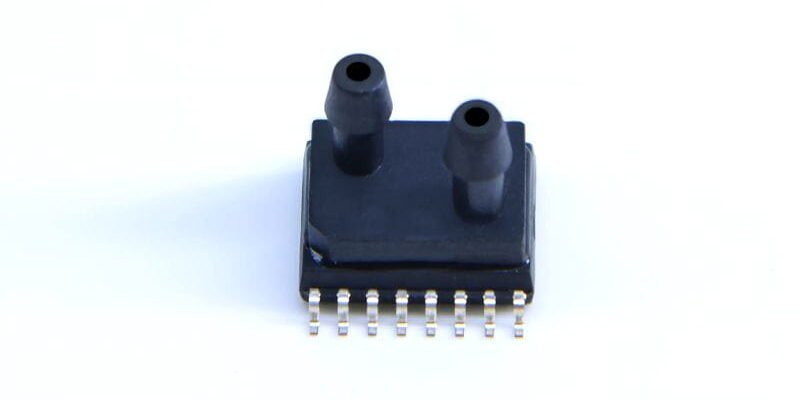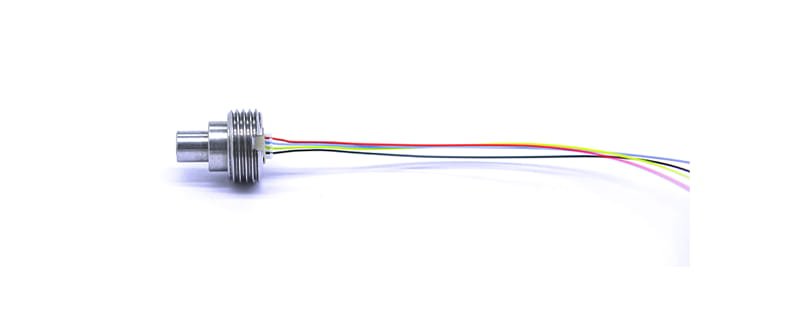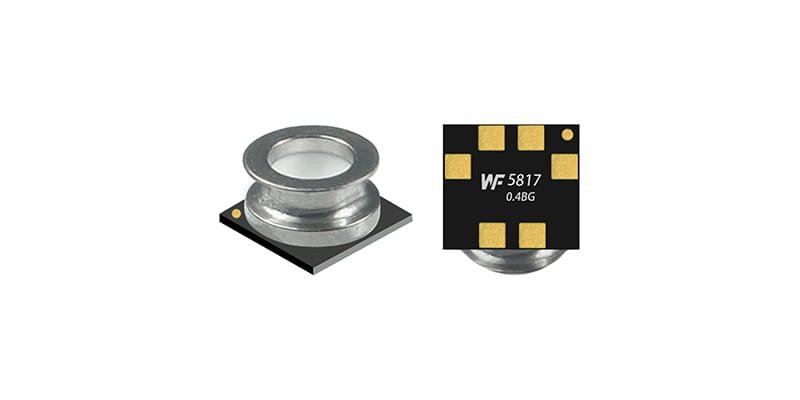Differences between software and hardware compensation in pressure sensors
Hardware compensation adjusts the sensor’s output directly at the analogue level using circuit components, providing a fast and stable response; programmatic linear (software) compensation corrects errors at the digital level using mathematical models running on an MCU, offering greater flexibility and the potential for improved accuracy.















